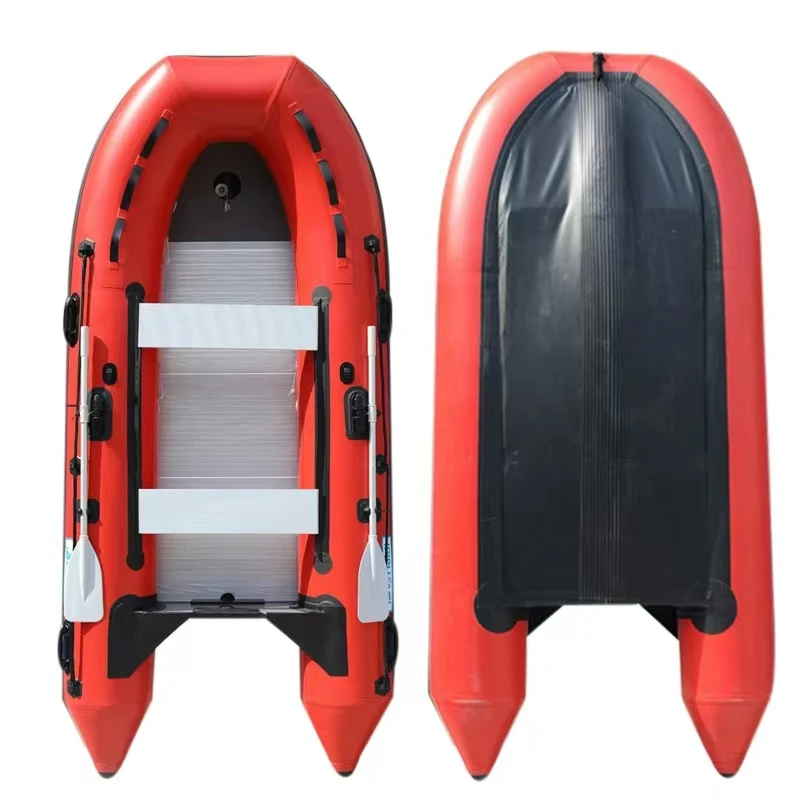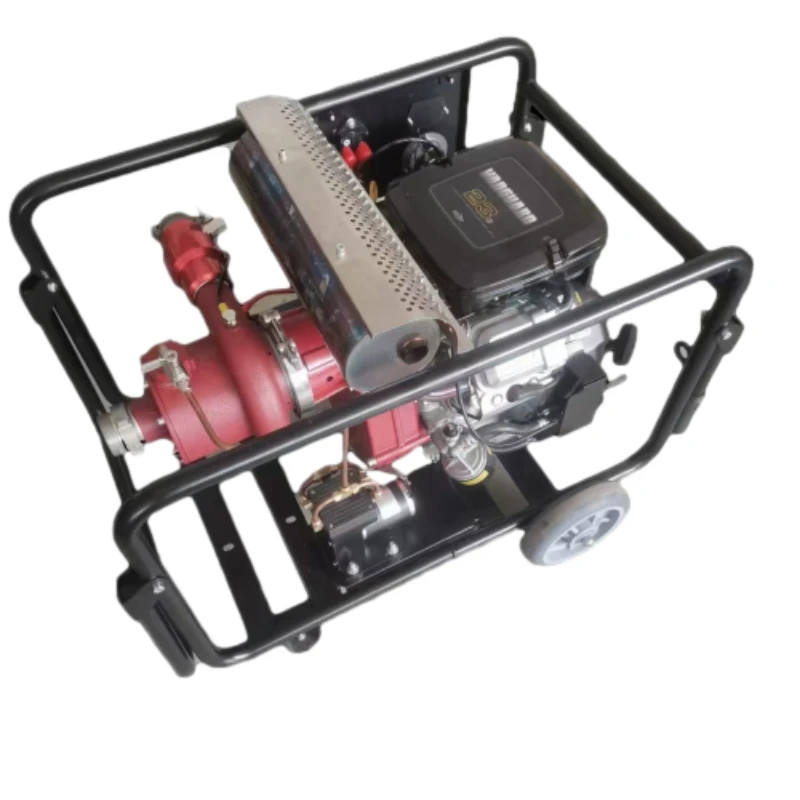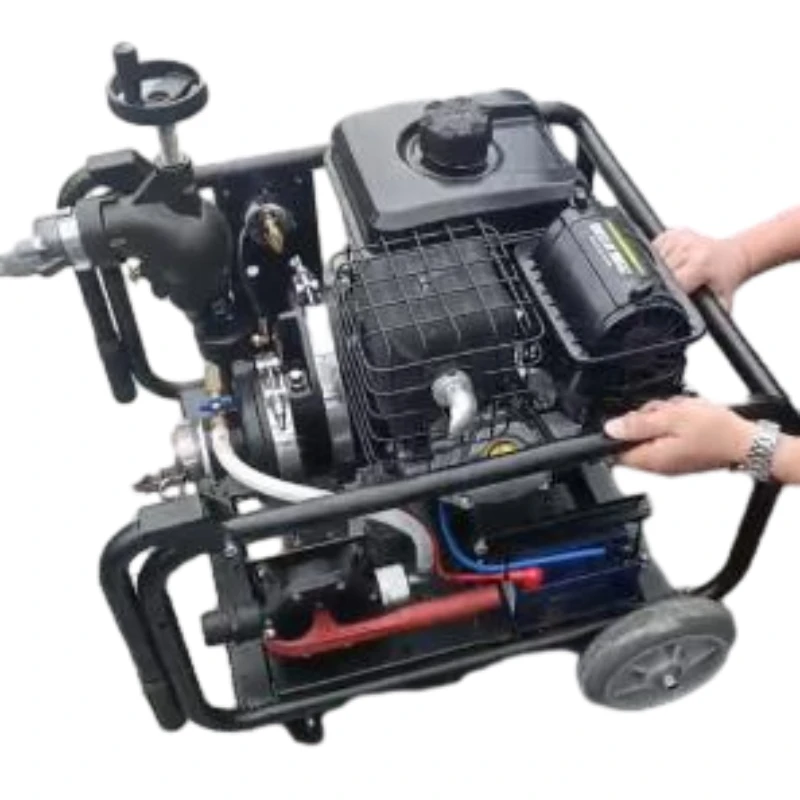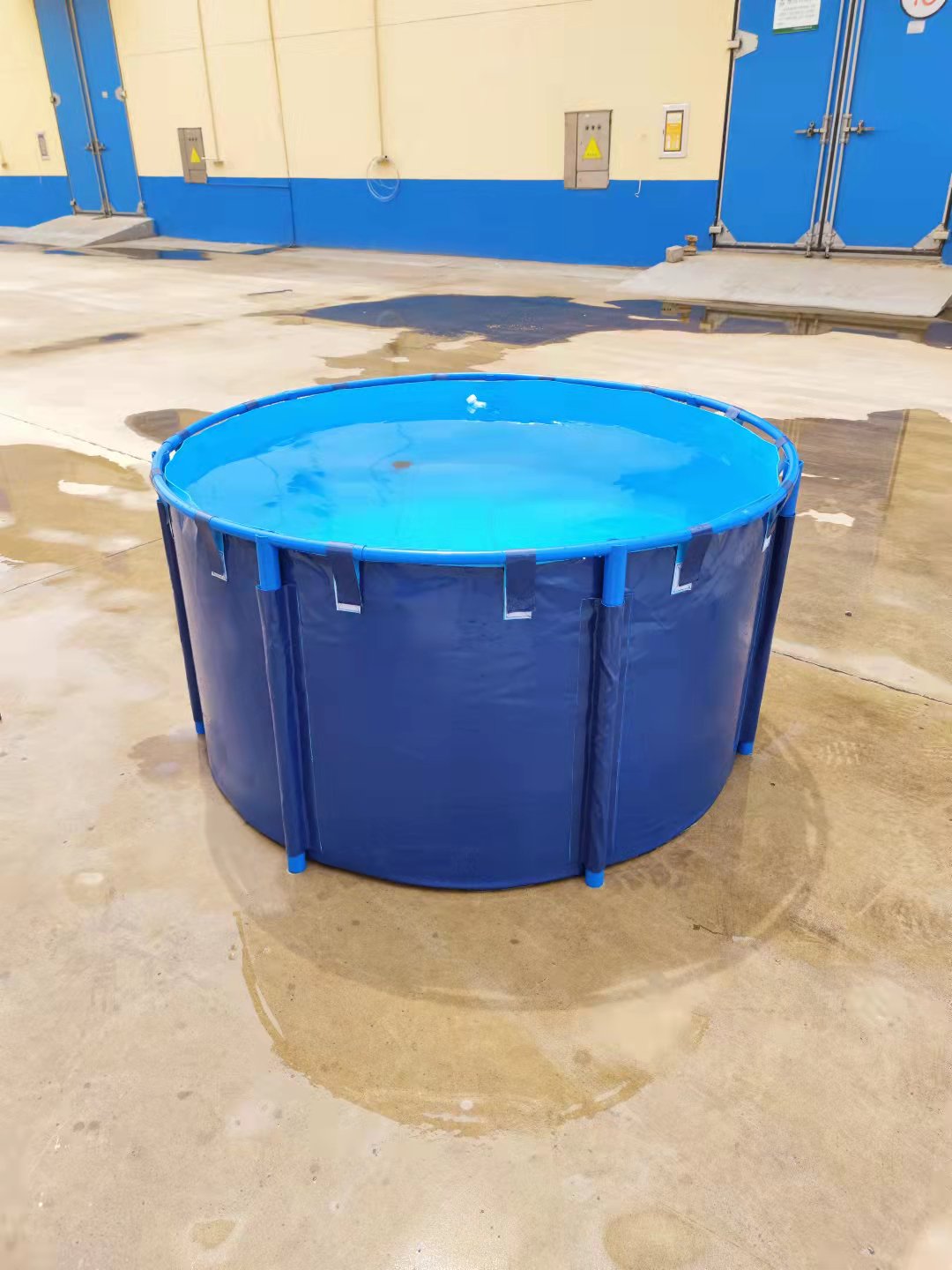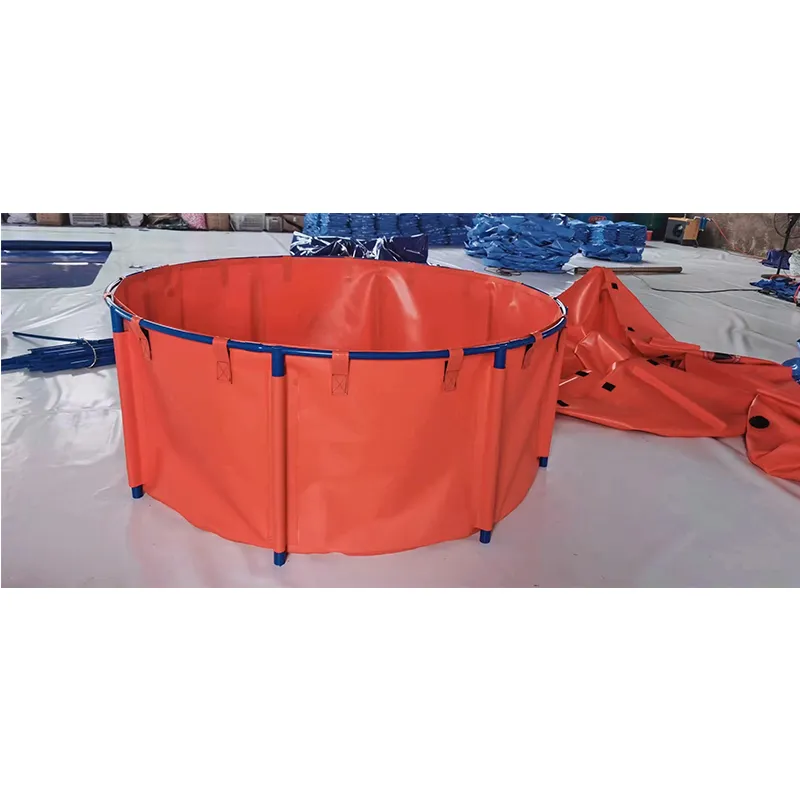
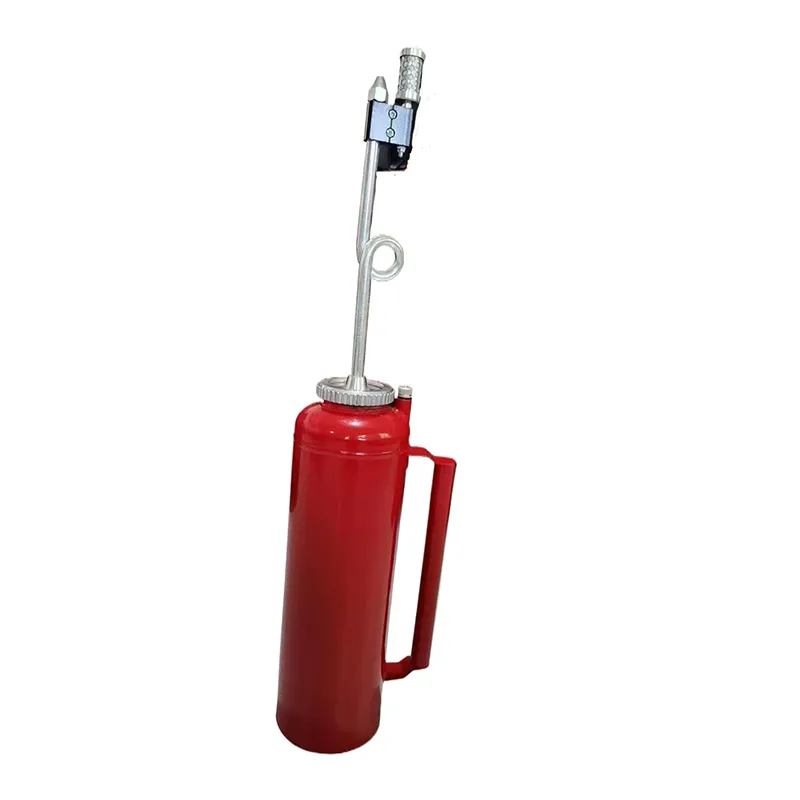
The reliability of these detection systems hinges on regular battery checks and technology updates. For instance, integrating smart technology can enhance their effectiveness by allowing real-time alerts to be sent to homeowners' smartphones, ensuring immediate action can be taken. Fire blankets are a versatile tool used to smother small fires or wrap around a person whose clothing is alight. Their professional use is determined by the material of the blanket, typically made out of fiberglass or other fire-retardant materials. Expertise in deployment technique is critical; users should be trained to pull the blanket out of its container, wrap it around their hands for protection, and lay it over a flaming area from the closest edge to avoid pushing air (and thus oxygen) into the fire. In environments more prone to intense fire hazards, such as industrial settings, fire hoses and suppression systems become indispensable. These systems demand a higher level of professional training and adherence to operational protocols. Proper pressure settings, hose materials, nozzle types, and knowledge of connecting to hydrants or fixed systems are all areas where industry-level expertise is crucial. Finally, personal protective equipment (PPE) ensures the safety of personnel who may be exposed to fire hazards. Fire-resistant suits, gloves, boots, helmets, and respiratory protection must be of the highest standard, conforming to regulations and testing certifications. For institutions, ensuring compliance with Occupational Safety and Health Administration (OSHA) or National Fire Protection Association (NFPA) standards demonstrates the highest level of authority and trustworthiness in their fire safety protocols. In conclusion, fire tools and equipment are not just utilities but are fundamentally about saving lives and property. For anyone serious about fire safety, continuous education, regular training, and a commitment to maintaining and upgrading equipment are non-negotiable aspects that reflect expertise and authority. By embracing these standards, trust in the systems we rely upon in emergencies is reaffirmed, showcasing a holistic approach to fire safety and risk management.









